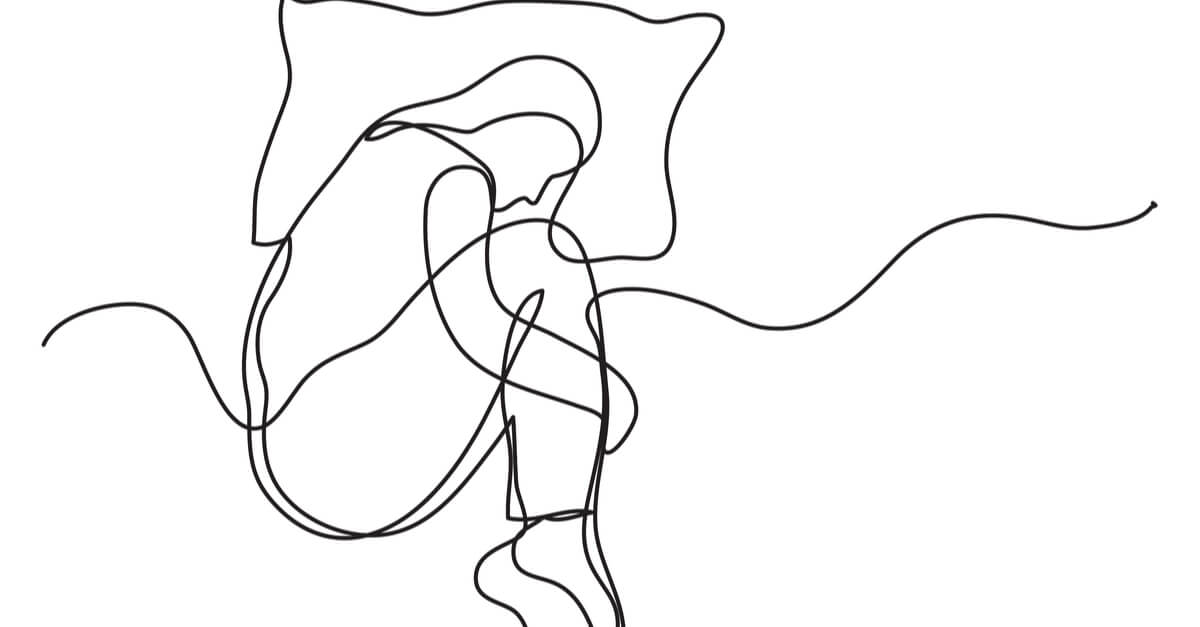Much of the psychological language has become popular, but this has not always occurred accurately or adequate equivalences have not always been established. One of the classic examples of this is the difficulty many people have in establishing the differences between sadness and depression.
Unfortunately, the inclusion of the word “depression” in popular language sometimes generates confusion and contempt for the actual suffering of this disease.
- Some rejection of certain moods was also favored.
- With sadness being one of them.
- This makes it very easy for some people to say they are depressed.
- Rather than admitting that they are sad.
- Saying you have depression seems more technical; To say that it is sad ends up more associated with human frailty.
The truth is that there are big differences between sadness and depression, the first and most important of which is that sadness is a state of mind, while depression is a disorder and, as such, should be treated, so it is important to differentiate between these concepts.
“Your emotions should not be overwhelming. They must not be defended. Shouldn’t they stop you from being anything you can be?-Wayne W. Dyer-
The duration of psychological phenomena is not an exact figure, yet it is a fact that, together with others, allows us to make a more precise approximation of what happens to people, by definition an emotion has a short duration.
One of the main differences between sadness and depression is that the former is a passing emotion, while the second is relatively chronic (unless proper intervention is performed).
A person must experience sadness for six months in a row so that depression can be suspected, depending on the diagnostic criteria.
Abulia is basically a difficulty or resistance to acting, when a person is sad, less motivated to perform certain activities, which can reduce their social life or devote less time to work or other tasks than they used to do. remains active.
A depressed person, on the other hand, is overwhelmed by discouragement, neglects his obligations and is unable to achieve the good things offered by the environment in which he lives, often speaks of fatigue or fatigue and minimizes his activities for a relatively long time. For this reason, depression, in clinical terms, presents a very similar picture to that of an anxiety disorder.
Another difference between sadness and depression is reflected in the degree of isolation that exists in each mood, it is common for a sad person to look for people close to them to talk about how they feel, it is also common for them to seek comfort in these people, despite maintaining a certain degree of social isolation, in this sense it will depend on personality and coping strategies.
A constant rejection of contact with others begins to appear in depression. The depressed person keeps her feelings to herself, and even if she doesn’t feel well alone, she’d rather do it than share them with others. Gradually he isolates hes heses, even his close friends.
One factor that makes big differences between sadness and depression is the level of functionality, in the case of a sad person his mood changes only slightly his usual pace of life, this can become less dynamic or more reserved, but the person essentially performs the activities he would do on a normal day.
However, when a person suffers from depression, their usual routine changes significantly, it becomes very difficult to fulfill their professional, family, social, emotional obligations, etc. It is common for you to find yourself repeatedly searching for or making excuses to hide your lack of commitment or non-compliance. It can’t fit your “normal” routine.
A person may be sad for different reasons, almost always associated with a situation of loss or conflict that he cannot resolve, although he feels emotional pain, he is also able to laugh, look to the future and make plans. responds, but feels that one day everything will be better.
In the case of the depressed person, what he feels is despair; when he looks to the future, he only sees darkness; there is no interest, there is no desire, there is no capacity to project into the future.
How can we open ourselves to the future if living the present is already extremely difficult?
As we have seen, there are several differences between sadness and depression, the latter must be treated and treated by a mental health professional, as it is a disorder that does not go away on its own and therefore requires specialized intervention.

